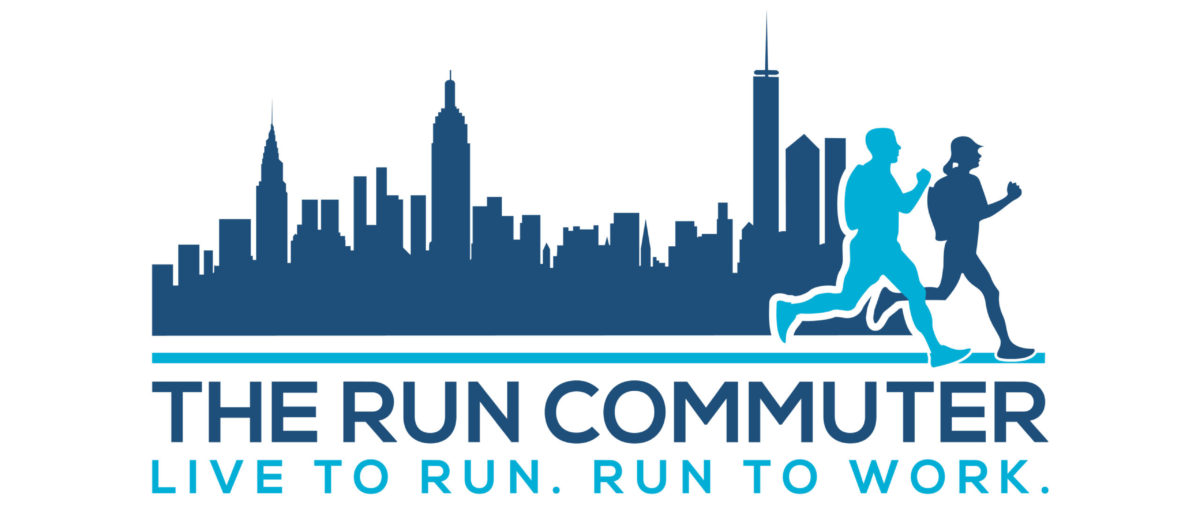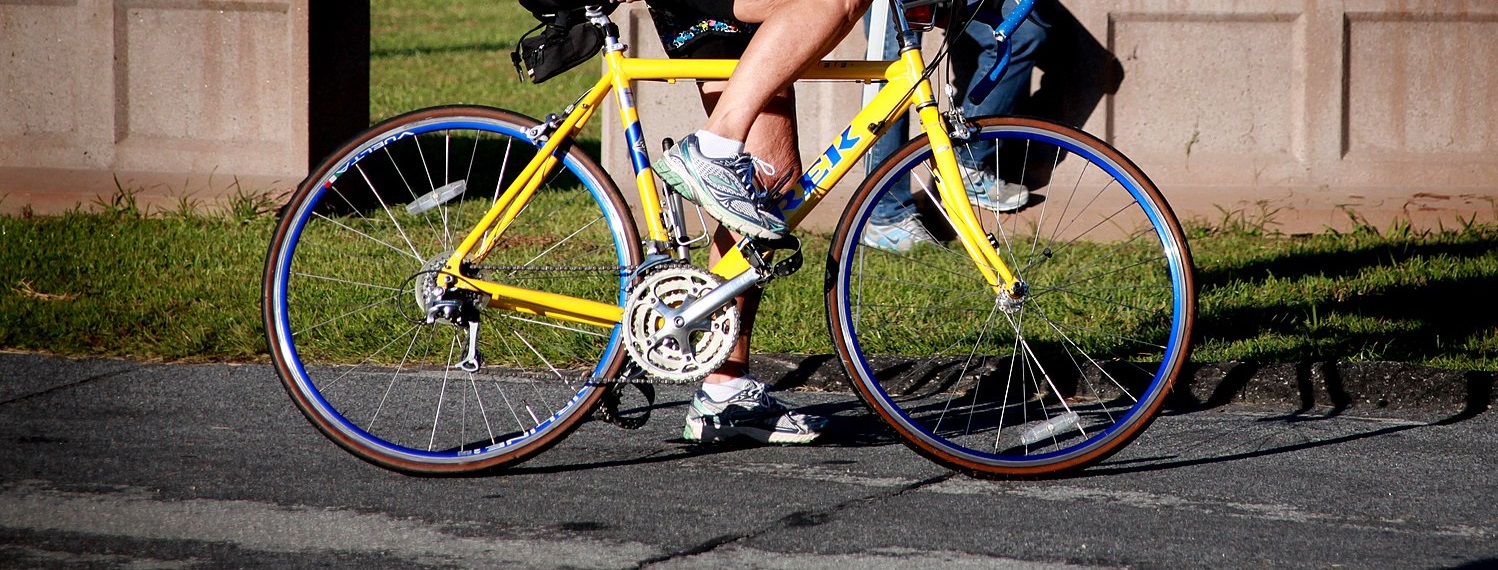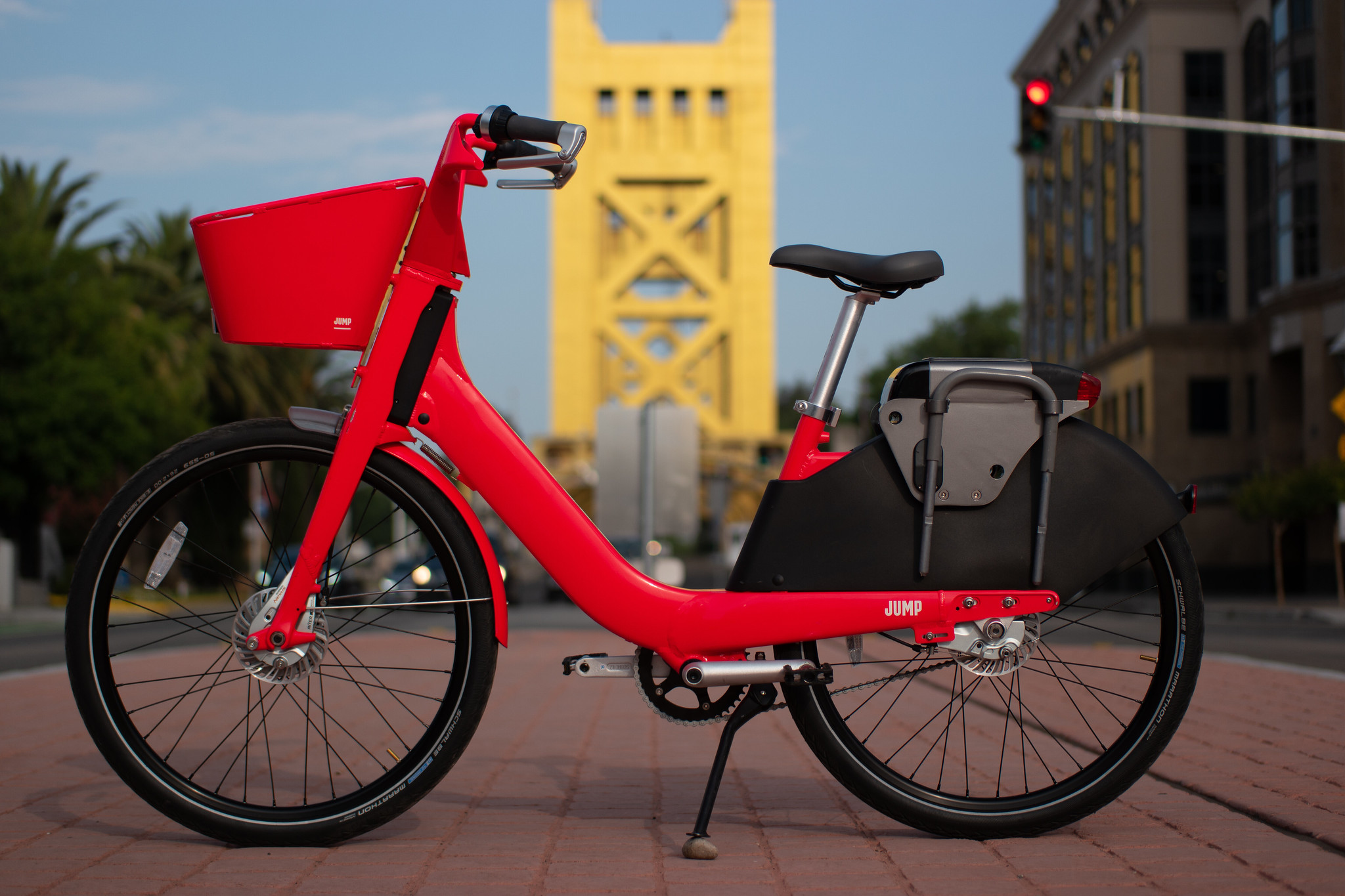I have added to my run commute with a bike commute. As much as I revel in the run commute, crediting it as a life changing habit, I am thrilled by the enhancement of the bike commute. For any run commuter who has access to the bike commute, I recommend it with enthusiasm. Here is how it works.
My home is in San Francisco, the city proper, just southwest of the geographic center of the 7 mile by 7 mile square. My wife and I had the fortune of purchasing at the bottom of the recession, shortly before real estate commenced its absurd appreciation at an accelerating pace to exorbitant prices and beyond. My office is in the Civic Center neighborhood. It is within sight of City Hall. The distance between home and office is 4.5 miles to 4.75 miles, depending on the exact route. It is not difficult to cover that on a daily basis.
For three years or so, I have been a run commuter. I am actually, as I have documented here, a run walker. I have no problem with that; it’s all about the ratio. I am always trying to increase the run portion and decrease the walk portion. It is no longer eccentric, however, to use this technique. There are training programs for long distance races based on the alternation, and I see even groups out there doing a timed sprint, then slowing down to a stroll. The Swedish have a name for it: “fartlek.” You can buy a t-shirt emblazoned with the term that seems scatological to English speakers.
I have lost count of the number of these runs I have done. I forget to start the smartwatch from time to time, and although I admit to backtracking to begin again I’m not obsessed enough to want everything recorded in Strava. Of these, only a handful are roundtrip. I typically hop on the MUNI train on the return leg. There isn’t a good reason for that. I could double my mileage easily enough. It is a slight uphill the whole way. That mild deterrent is the likely explanation for the weakness of follow through.
Once the run commute became routine, my attitude changed. I craved more physical exertion. The bike commute is a natural extension.
There are two competing bike share outfits in the Bay Area. One is affiliated with Uber, another with Lyft. These tech giants are planning to become transit companies in general, integrating automobiles with other modes. Apparently there is a legal dispute between them, and the city government, about the agreement granting licenses. The Uber option, orange battery-assisted vehicles under the brand name JUMP, are dockless; the Lyft rival, white and blue in both conventional pedal and new powered versions, share the name of the automotive giant Ford, with dozens of docks where once there were parking spaces. (Since I wrote the foregoing, Lyft has “rebranded” as Bay Wheels, with a black and pink motif. Citi Bike in New York City apparently is another tradename they use there.)
Both of these choices have geographic limits. Each excludes the western half of the city, “the Avenues” (dubbed the Richmond district north of Golden Gate Park; the Sunset, south), presumably because the density and the demographics renders it less lucrative. Their incursion to the Mission District has been received poorly, as another form of gentrification. In Spike Lee’s 1989 movie Do the Right Thing, the white yuppie who has moved into the black and brown neighborhood is a bicyclist wearing a Boston Celtics jersey, both intended to signify privilege and indifference. As a colleague of mine with training in economics and tax policy, also an avid biker, pointed out to me, the hostility to bike sharing is irrational since the price point is accessible. Yet these sentiments likely are about symbolism: my enthusiasm for bike share may be an indication of my bourgeois comfort.
Be that as it may, I tried a bike share when I had to meet my wife and another couple for dim sum (Chinese brunch consisting of small plates displayed on carts, which are wheeled around for you to pick from) someplace mass transit could not reach in a decent time. I had considered running over there, but it wouldn’t be as convenient on a social occasion as when headed to work, to wipe clean, change clothes, and be presentable. I have not hesitated to run errands in a literal sense, hoofing it from store to store, if I can carry what I anticipate buying in a backpack, but this seemed an ideal moment to check out this new phenomenon. I had to run a bit to the service zone. Our house is half a mile from the JUMP outer limits and a mile from the nearest Ford dock. I arrived early at my destination. I locked up according to instructions. It was fun.
Then I thought to myself I ought to continue the experiment with the commute. I did not need much persuading. You can locate the available units on a computer or smartphone. I have found, and I should point out, the technology is not totally reliable. Sometimes, bikes are there but don’t show up in the app, other times vice versa. The scan to unlock mechanism is okay. The failure rate is acceptable. You only need to look around for another ride.
I have used Uber/Jump and Lyft/Ford, selecting by proximity. I ended up subscribing to the latter after estimating the figures. The rides are $2 each for 30 minutes. The subscription has an annual fee which, if I log 81 rides, will be worthwhile. Considering the price of a mountain bike at retail, this arrangement is a bargain. It also enables usage on a one-way basis, which would be difficult with conventional ownership.
That is the new normal of our post-modern economy. We rent rather than buy. Look at how software is sold nowadays. Developers have wised up that there are not enough upgrades to keep customers paying if they are satisfied with what they are using, so they have adopted the model of a recurring fee.
The e-bike is a revelation. If you are not familiar with its power, that by itself why you should expend $2 for the experience. It fools you into believing it is natural, that you have the ability to cruise alongside cars, effortlessly. The speeds that can be achieved, even on flats, is impressive. The boost is welcome on hills, so much so that it feels like punishment to go without. A consistent eight miles per hour is possible. That means half as many minutes for the commute in the evening as in the morning.
There is a critical mass of bike commuters where I am. The dedicated bike lanes are an innovation. Bike commuting should be promoted as beneficial for individuals as well as society even if the rental boom is criticized as a blight (scooters are the worse nuisance scattered about and in use on sidewalks). There also is safety in the general awareness of drivers surrounded by cyclists. This is not a fad.
The run commute and the bike commute engage different muscle sets though each improves lung capacity. My legs have become strong. My butt has yet to catch up. Pedaling is excellent exercise. It even inspires thoughts of a triathlon. (If I take up swimming in earnest, I will write about that. Maybe best to look for a duathlon — skiing and shooting are the activities in a “biathlon.”)
My loyalty remains to my own feet of course. The bike commute is a supplement, not a substitute, for the run commute. A bike is not guaranteed to be around, which is the main problem. (A confession by way of digression. I do not wear a helmet. I know; I know. I should, and I’m shopping the collapsible designs.) But I am happy to have the bike, if I can find it, and it is better than crowding into a subway train. These are consistent with one another, philosophically. The run commute, like the bike commute, is about being more mindful and physically fit. That is a basic change in lifestyle.


